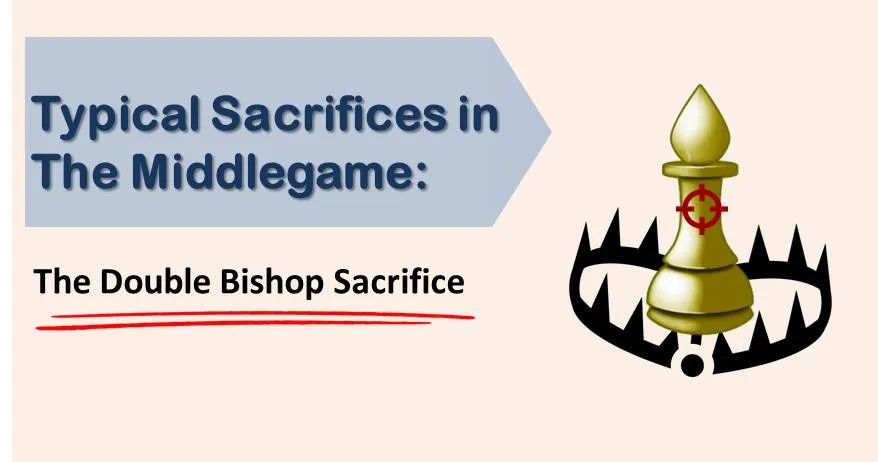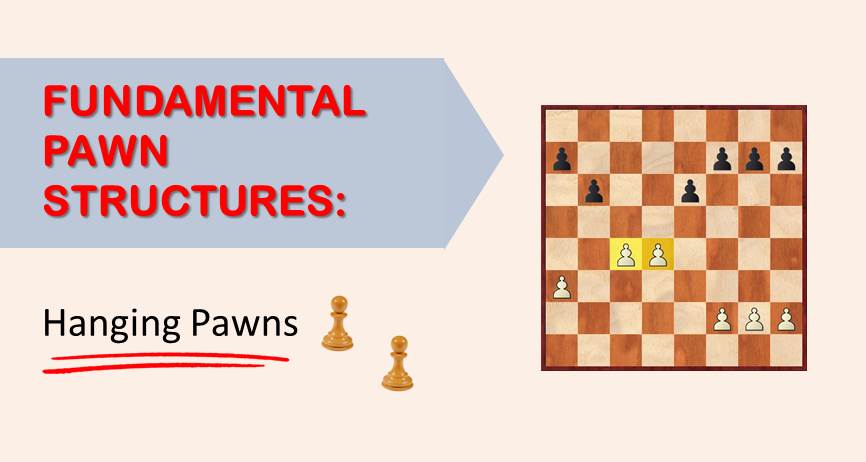Typical Sacrifices in The Middlegame: The Double Bishop Sacrifice

Continuing our series of typical sacrifices in the middlegame, we are going to present you in this article the double bishop sacrifice. It starts out as a classical bishop sacrifice on h7 (h2), but giving up the other bishop too on g7 (g2) can prove devastating for the king’s security.
However, it involves good calculation ability and knowledge of a few features of the position that make the sacrifice work. This sacrifice is also known as the Lasker sacrifice, as he is the one who made it famous in the game against Johann Bauer, played in Amsterdam in 1889.
Before moving on to the examples, we have made a list of the characteristics that should draw your attention onto a possible double bishop sacrifice:
- Security of the king. This is the most important factor for any attack, but particularly in this case, the pawns g7 and h7 (g2 and h2) must be vulnerable, meaning that the king should be the only piece defending them;
- Piece coordination. This is, of course, necessary whenever starting an attack against the king. However, when planning to make a double bishop sacrifice, you should make sure that your queen can reach the square h5 (h4) or, generally, the h file, and that one of the rooks can easily reach the kingside. This is the basic idea of this sacrifice – mating the king on the g and h file, using the queen and one of the rooks;
- The opponent’s pieces must be unable to organize a defense around the king;
- Make sure that the opponent’s king cannot escape from the g and h files. That is the mating net.
Tip:
In order to fight blunders, find the right plan in complex positions and improve your positional and tactical vision we recommend you to sign up for our comprehensive training course. Hundreds of chess players already benefited from our training . Don’t wait, start winning chess games today.
It is important to acknowledge that the weakness of the castle is only a temporarily element. Therefore, you must immediately take advantage of the right moment. Otherwise, it simply slips away. We are going to see now a few examples of the modern practice where this tactical idea occurs.

White to move
In the diagram above we can see a typical position from the Sicilian defense. White’s pieces are setup in a threatening way, pointing at black’s king castle. Black played the careless 14…Nd7? and suddenly found himself in trouble after 15.Nd5! Followed by a two bishops sacrifice.
***

White to move
In this game played by Sutovsky, the tactical idea of executing the Lasker sacrifice is present. With all the black pieces on the queenside far from their king, it was easy for white to execute a winning attack.
***

Black to move
As we have mentioned before, the weakness of the opponent’s castle is only a temporary thing. You must seize the initiative when you have the chance. Here, after a routine capture on c5 by white, black did not waste any time taking back his pawn. Instead he immediately went on with the Lasker sacrifice obtaining a winning position.
***

Black to move
A miniature game from the late GM Tony Miles. In this game we can observe a very important nuance of the sacrifice, not always we should look for the second sacrifice on g7 / g2 but also, we should consider Bf6 / Bf3 as shown in this game, in order to block the exit for the opponent’s king.
If you want to improve your chess level, you need to have a clear study plan. If you aim for a dramatic improvement at chess you need to work on all of the elements of the game in a systematic way:
- tactics
- positional play
- attacking skills
- endgame technique
- classical games analysis
- psychological preparation
- and much more
That seems to be like a lot of things, and that is. But no worries, we have made it easy for you. Our comprehensive training course covers it all and much more. Sign up for 21 Day Training right now!










Comments: